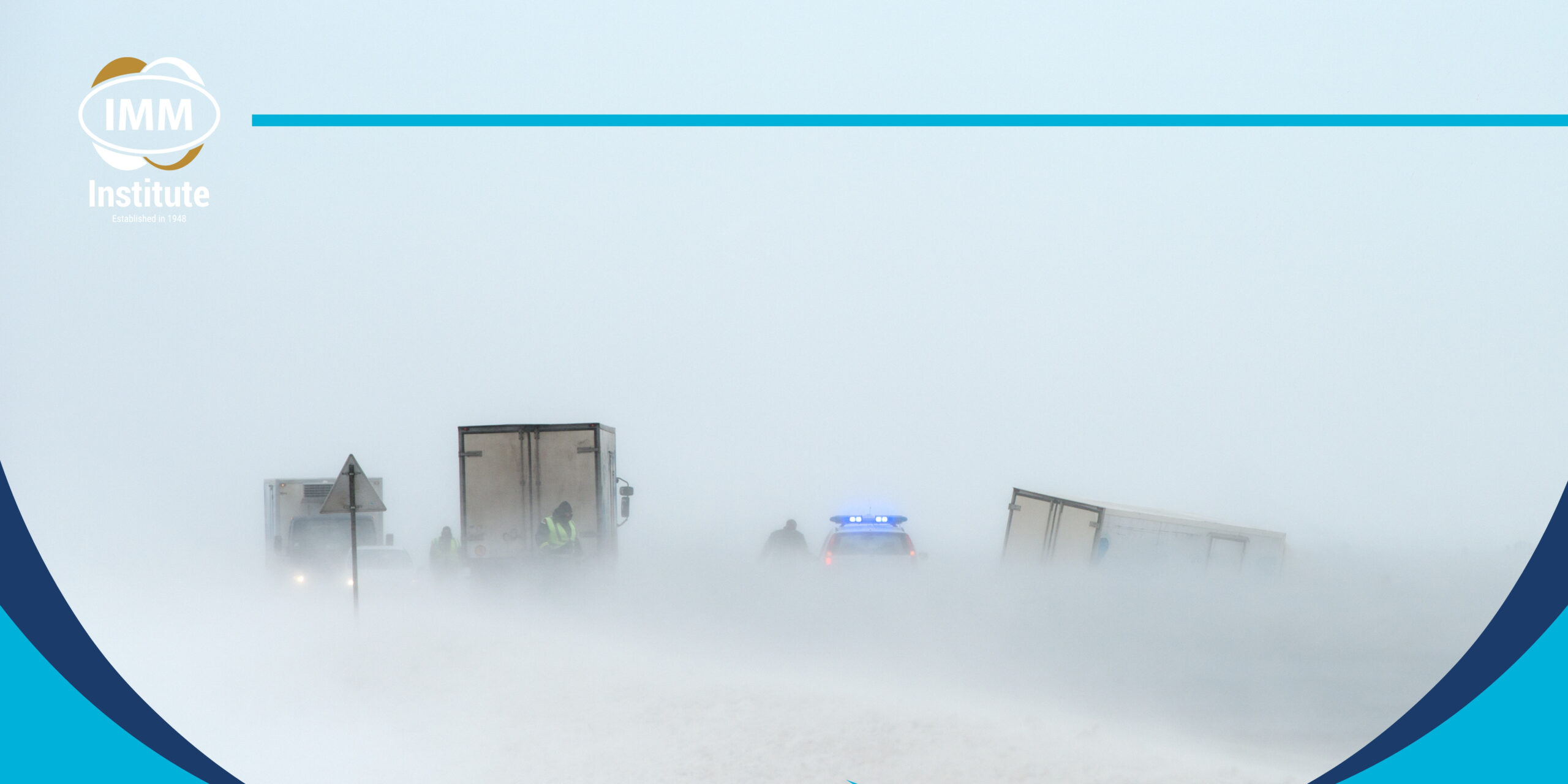
Winter logistics: How cold weather impacts South Africa’s supply chains
As South Africa faces colder months, businesses brace for the unique logistical challenges of winter. Knowing when and how such disruptions occur and to plan for relevant mitigation measures are important for supply chain professionals trying to operate in an agile and resilient way.

Transport: Slippery roads and slower timelines
Inland provinces of Gauteng and the Free State face frosty mornings, black ice, and heavy fog in the winter. These conditions increase the chance of road accidents, which could cause truck fleets to reduce speeds or delay departure altogether. These transport delays create bottlenecks in the entire supply chain, especially for time-sensitive industries like pharma or perishables.
Rail freight is also not spared: cold weather affects braking and line efficiency, slowing down cargo movement. For air freight, icy runways and poor visibility also hamper timely arrivals and departures.
Agriculture: Cold fronts and crop sensitivity
Winter is the harvest time in South Africa for crops like citrus fruits, avocados, and some vegetables. Yet, an unexpected cold front or frost can negatively impact yield and quality, demanding faster transporting methods to prevent spoilage. This puts additional pressure on logistical providers.
Then comes the other side of livestock transport. Animals become more prone to being stressed out when exposed to cold weather; they need more care, slow moving, and longer stops, all contributing to the cost and the logistical complexity.

Retail and consumer demand: A seasonal shift
Retail logistics take their career break in winter to align with changing consumer behaviour. The demand for winter clothes, heaters, and comfort food rises, so does the requirement to adjust stock levels and maintain the warehouse. Such seasonal shifts put suppliers and distributors under stringent pressure to forecast and maintain on-time delivery.
E-commerce makes it all a little more difficult. Consumers tend to shop online during inclement weather, so fulfilment centres should scale up their operations and proactively manage last-mile delivery delays in affected areas.
Mitigation strategies for winter-ready supply chains
Following seasonal challenges, the logistics trade can undertake proactive measures for smooth operations:
- Dynamic Routing and Real-Time Tracking: Using GPS and AI-powered route optimisation tools allows companies to avoid weather-affected areas and provide real-time delivery updates to clients.
- Flexible Contracts and Contingency Planning: Work with more than one transport provider and make SLAs (Service Level Agreements) as flexible as possible to pivot quickly when disruption strikes.
- Cold Chain Infrastructure Investment: For agriculture and pharmaceuticals, it is vital to export on a good cold chain right from cold rooms and temperature-controlled vehicles to sensors that alert on condition changes.
- Demand Forecasting and Inventory Buffers: Anticipating demand surges with seasonal data and maintaining extra inventory at key distribution hubs can curb stockouts and backlog issues.
Boost your winter readiness with professional training
The IMM Institute’s Professional Certificate in Transport and Logistics is designed for individuals aiming to enhance their strategic management and leadership skills in the context of global supply chains. The course is structured around five key learning blocks, culminating in a practical project that sharpens your research capabilities and applies your knowledge to real-world logistics scenarios. It’s an excellent stepping stone for professionals who want to strengthen their decision-making in volatile seasons like winter.

Conclusion
Winter may not stop South African logistics, but it introduces complications that supply chain professionals must plan and prepare for. With the right mix of technology, infrastructure, and contingency planning, businesses can continue to move goods efficiently, even when the temperature drops.















